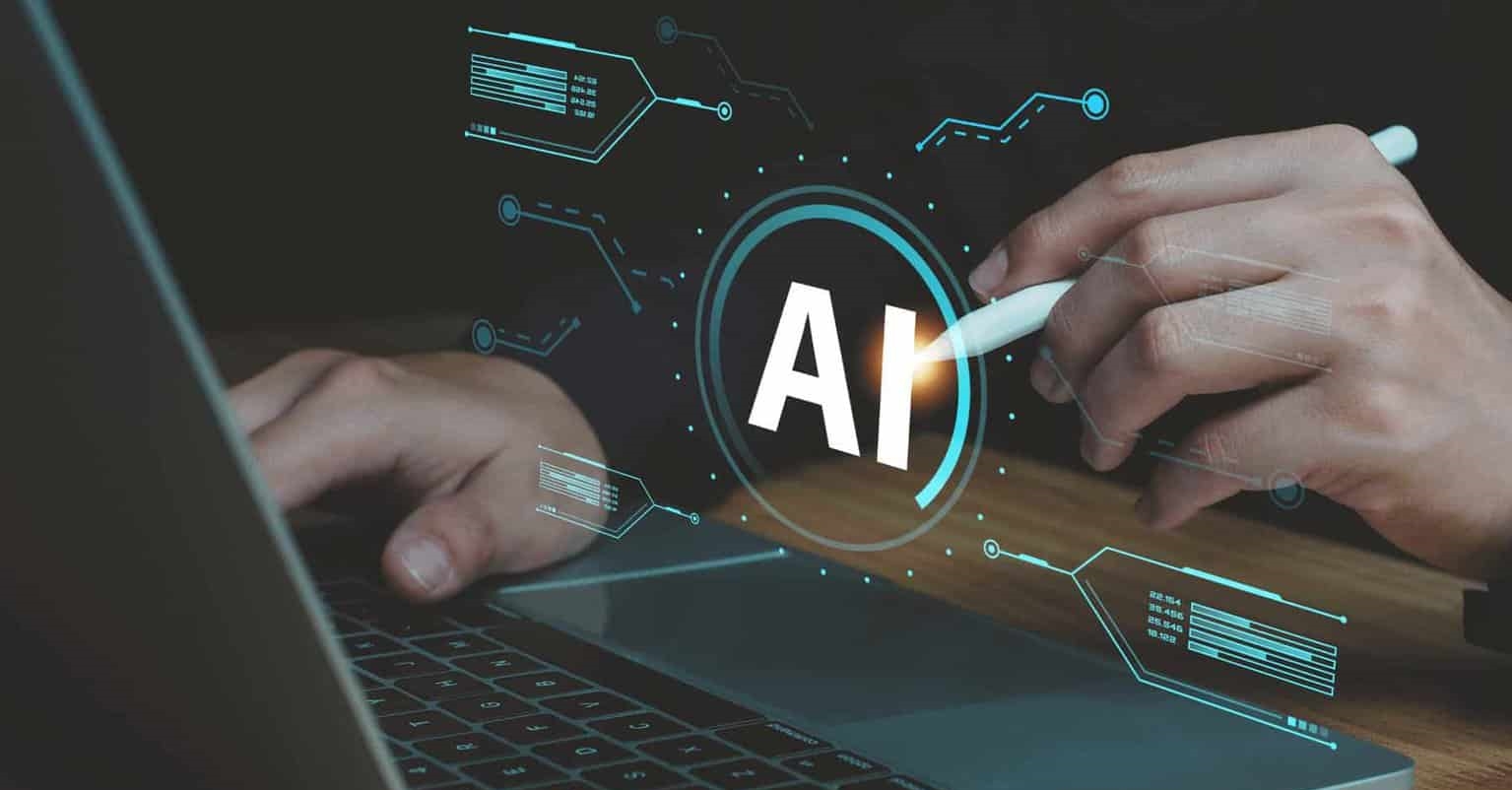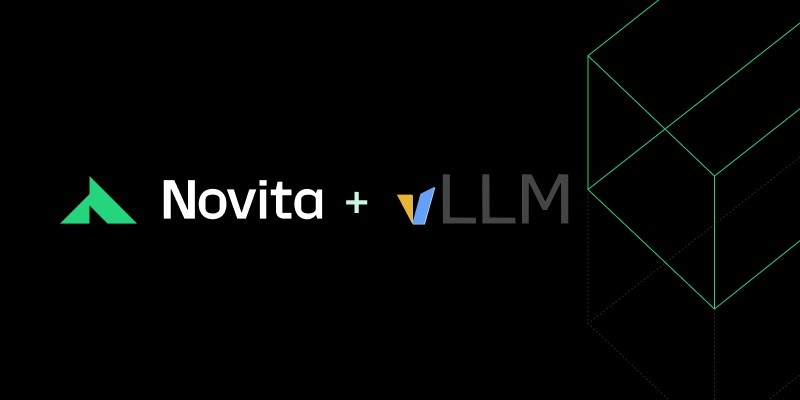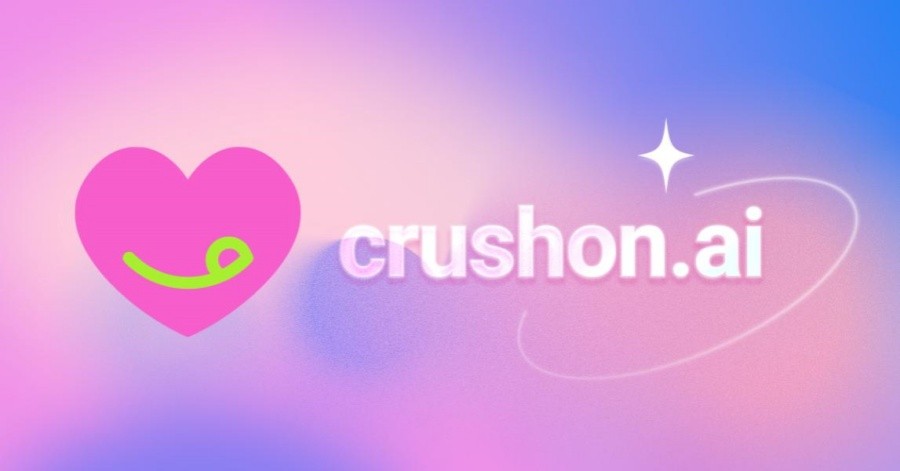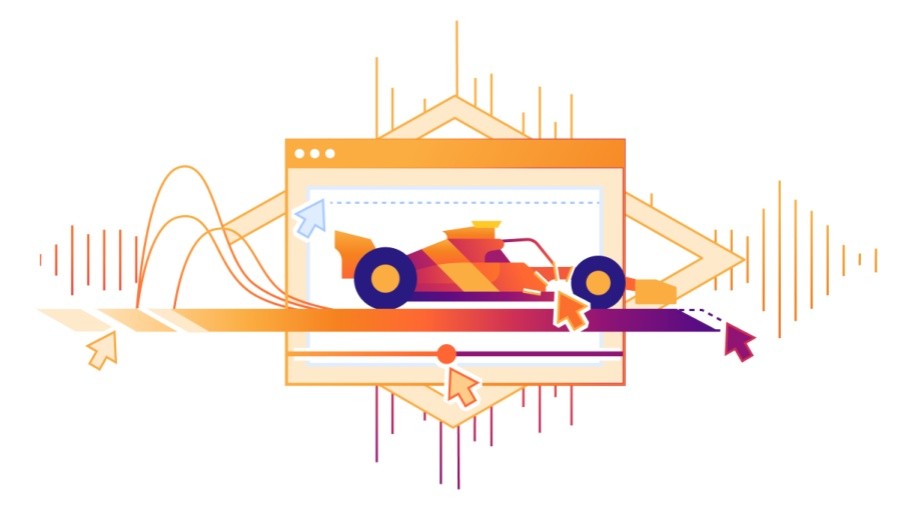
Writing a program to "detect AI" involves how to tell whether a system is performing some form of AI task, or how to distinguish machine-generated content from human-generated content. Specific goals can vary, but generally a few common approaches include:
Detect machine-generated text (e.g., generated articles, conversations, etc.)
Detect AI-driven images (e.g., determine whether an image was generated by AI)
Detect automated behavior of AI operations (for example, distinguish automated programs from human behavior)
Below are some common ideas and methods that you can use to write programs to detect AI based on your goals.
With the development of GPT, BERT and other large language models, more and more content is generated by AI. You can write a detection program to identify whether the text was generated by AI.
Basic idea
Feature extraction : Text generated by AI often has certain statistical features (such as word frequency, syntactic structure, etc.) that are different from human writing. You can extract statistical features of text (e.g., sentence length, word frequency distribution, grammatical structure, etc.) to aid detection.
Train the model : Use machine learning (e.g., support vector machines, random forests, etc.) to differentiate between human-generated text and AI-generated text. To do this, you need a well-labeled training data set.
Example implementation
Suppose we use Python and transformers library to detect AI-generated text (GPT-2 based text detection).
import torch
from transformers import GPT2LMHeadModel, GPT2Tokenizer
# Load the GPT-2 model and tokenizer model = GPT2LMHeadModel.from_pretrained("gpt2")
tokenizer = GPT2Tokenizer.from_pretrained("gpt2")
# Define a function to calculate the perplexity of text
def calculate_perplexity(text):
inputs = tokenizer(text, return_tensors="pt")
with torch.no_grad():
outputs = model(**inputs, labels=inputs["input_ids"])
loss = outputs.loss
perplexity = torch.exp(loss).item()
return perplexity
# Define detection function def detect_ai_generated_text(text):
perplexity = calculate_perplexity(text)
print(f"Perplexity: {perplexity}")
# Assuming that the perplexity is lower than a certain threshold, it means that the text may be generated by AI if perplexity < 30: # The threshold is adjustable print("This text may be generated by AI.")
else:
print("This text may have been written by a human.")
# Sample text human_text = "The weather is really nice today, the sun is shining, perfect for going out for a walk."
ai_generated_text = "The quick brown fox jumps over the lazy dog. The quick brown fox jumps over the lazy dog."
#Detect detect_ai_generated_text(human_text)
detect_ai_generated_text(ai_generated_text)Result analysis:
Perplexity is a measure used by language models to evaluate the probability distribution of text. Typically, AI-generated text has lower perplexity because the model has been optimized on its training data, whereas human-generated text may be more diverse and complex, with higher perplexity.
By setting a reasonable threshold, you can roughly judge whether a piece of text is likely to be generated by AI.
2. Detect images generated by AI
AI-generated images (for example, using tools like GAN, DALL-E, or MidJourney) often have different characteristics than real images. AI-generated images can be detected in the following ways:
method:
Statistical characteristics of images : Images generated by AI often have certain "artifacts" or "noise", which can be judged by analyzing the noise pattern, color distribution and other characteristics of the image.
Deep learning model detection : You can use a pre-trained deep learning model (such as CNN) for binary classification to determine whether the image is generated by AI.
Example: Detecting AI-generated images
Suppose we use PyTorch and a simple CNN to detect whether an image was generated by AI.
import torch
import torch.nn as nn
import torchvision.transforms as transforms
from torchvision import models
from PIL import Image
# Load the pretrained ResNet model model = models.resnet50(pretrained=True)
model.eval()
#Image preprocessing transform = transforms.Compose([
transforms.Resize(256),
transforms.CenterCrop(224),
transforms.ToTensor(),
transforms.Normalize(mean=[0.485, 0.456, 0.406], std=[0.229, 0.224, 0.225]),
])
#Load image image_path = "example_image.jpg"
image = Image.open(image_path)
image = transform(image).unsqueeze(0)
# Inference with torch.no_grad():
output = model(image)
# Assume a simple threshold is used to determine whether an image is likely to be generated by AI # This is just an example, actual detection models may require more training and tuning threshold = 0.5
if output.max() < threshold:
print("Image may have been generated by AI.")
else:
print("The image may have been taken by a human.")This method relies on a pre-trained model to determine whether the image is real or not. To improve accuracy, you can train a model specifically for AI image generation (for example, using GAN-generated images to compare with real images).
More accurate detection requires the use of models specifically designed for AI-generated images and large amounts of labeled data for training.
3. Detect the behavior of AI operations
If you want to detect whether a system is controlled or executed by AI (for example, to distinguish automated scripts from human actions), you can analyze it in the following ways:
Behavioral analysis : AI behavior is usually very regular, fast in execution, and lacks the diversity and complexity of humans. You can distinguish them by monitoring behavior time intervals, task completion patterns and other characteristics.
API request pattern : AI usually initiates API requests frequently and has a fixed request pattern. By analyzing the frequency and pattern of requests, you can determine whether it is driven by AI.
Writing a program that “detects AI” is a multi-domain task that may involve text generation detection, image generation detection, and behavioral pattern analysis. You can choose different technology stacks and methods for implementation according to your needs. In text and image detection, commonly used methods include calculating perplexity, image feature analysis, and training specialized machine learning models.



